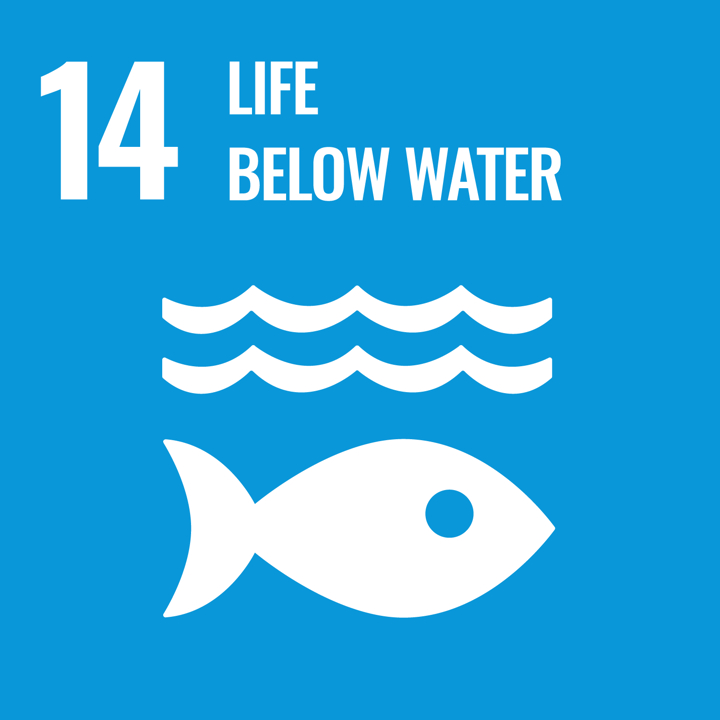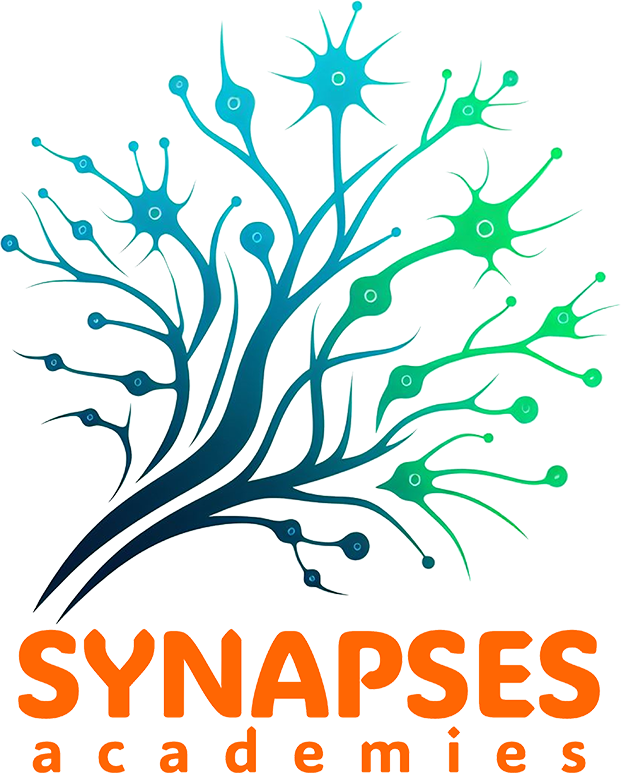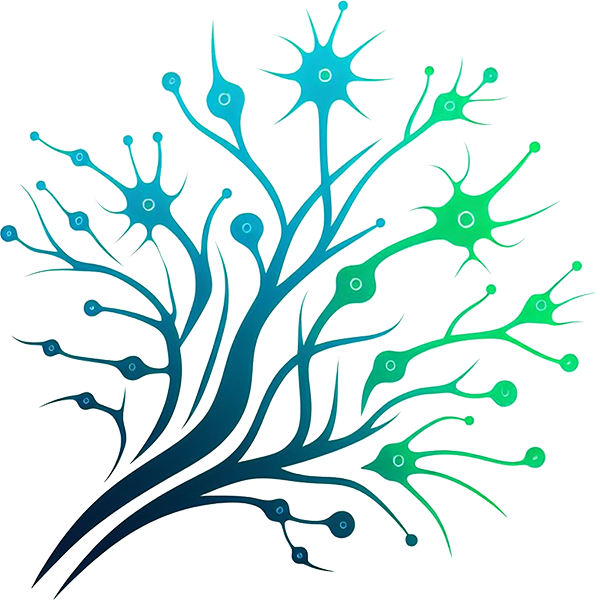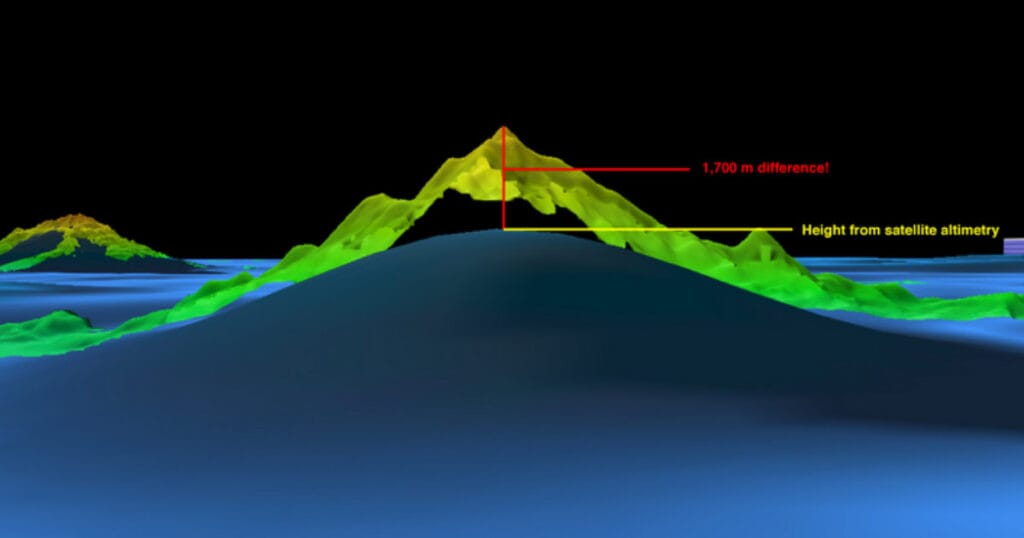
Προβλεπόμενος τελικός χρήστης: Δάσκαλος, Εκπαιδευτικός
Ηλικιακή ομάδα: Άνω Δημοτικό- Κάτω Δευτεροβάθμια
Σχολικό πρόγραμμα σπουδών: Επιστήμη
Θέματα και θεματικές ενότητες: Περιβαλλοντική αλλαγή- Πληροφορίες & Γνώση
Διάρκεια: 2 x 50 minutes (plus optional extensions).
Τύπος πόρου: Experiment, Audio/Video, Presentation, Simulation, Workshop
Λέξεις-κλειδιά: Bathymetric Mapping, Data Interpretation, Model-Based Inquiry Learning, Environmental Visualization, Systems Thinking
Γλώσσες: Αγγλικά
Περιγραφή
Wet Maps is an educational resource designed for middle school students (grades 6–8) that introduces the principles of bathymetric mapping—measuring and modelling the ocean floor using sonar technology. Through hands-on activities, students simulate multibeam sonar mapping by using sounding rods to gather depth data from a concealed seafloor model. They then analyze and interpret this data to create 2D graphs and a 3D paper model of underwater terrain. The lesson emphasizes the importance of sound over light in underwater exploration and develops key scientific practices such as modeling, data analysis, and system thinking. It incorporates cross-disciplinary learning in Earth Science, technology, and environmental education. The resource encourages critical thinking about oceanographic technologies and how scientists visualize and study submerged landscapes, supporting deeper environmental understanding and technological literacy. Extensions include exploring the history of ocean mapping and modern applications in marine science.
Πώς να χρησιμοποιήσετε αυτόν τον πόρο
To use Wet Maps, begin by introducing students to sonar and ocean mapping using the included NOAA videos. Prepare seafloor model boxes with hidden features and grids, and provide each group with sounding rods, data sheets, and graph templates. Guide students to insert rods through the grid to collect depth data, record measurements, and graph each row using colour to indicate depth. After completing all rows, students cut and assemble their graphs to create a 3D paper model of the seafloor. Conclude with a class discussion on the accuracy and limitations of models, and connect the activity to real-world applications in marine science and sustainability. This resource supports inquiry-based learning, teamwork, and systems thinking, making it ideal for teaching both scientific method and environmental awareness.
Οι πόροι
Wet Maps – teachers guide PDF:
Μαθησιακά αποτελέσματα (εκπαιδευτικοί)
- Αναζήτηση προηγούμενων γνώσεων και περαιτέρω ανάπτυξη της γνώσης και της κατανόησης βασικών εννοιών της Αειφόρου Ιθαγένειας, αμφισβητώντας καθιερωμένες κοσμοθεωρίες και αξίες.
- Εφαρμογή μιας σειράς κατάλληλων εργαλείων και πλαισίων για την προώθηση της αειφόρου πολιτειότητας των μαθητών
- Μέσω δραστηριοτήτων εργαστηρίων και κοινοτήτων πρακτικής, ανάπτυξη ικανοτήτων και δράσης ως εκπαιδευτές και ηγέτες της Αειφόρου Πολιτειότητας.
Πράσινες ικανότητες
- Ενσάρκωση βιώσιμων αξιών: Αξιοποίηση της βιωσιμότητας- Προώθηση της φύσης
- Αγκαλιάζοντας την πολυπλοκότητα στη βιωσιμότητα: Συστημική σκέψη; Κριτική σκέψη; Διαμόρφωση προβλημάτων
- Οραματιζόμενοι βιώσιμα μέλλοντα: Διερευνητική σκέψη
Creative Commons
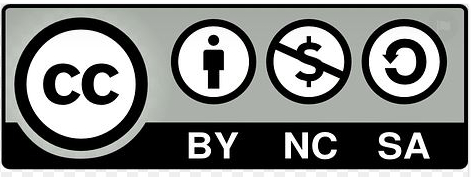
Wet Maps is adapted from educational materials provided by NOAA Ocean Exploration. Content includes publicly available resources such as multimedia, activity guides, and fact sheets designed for non-commercial educational use. All rights remain with the original source. No endorsement by NOAA is implied.
SDGs
